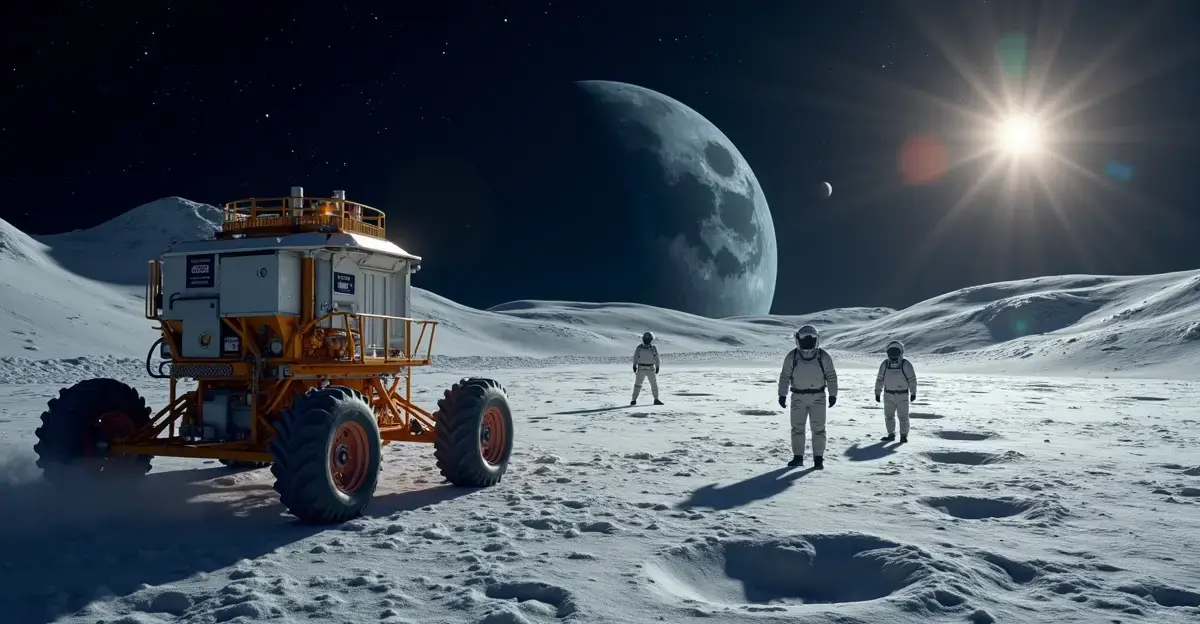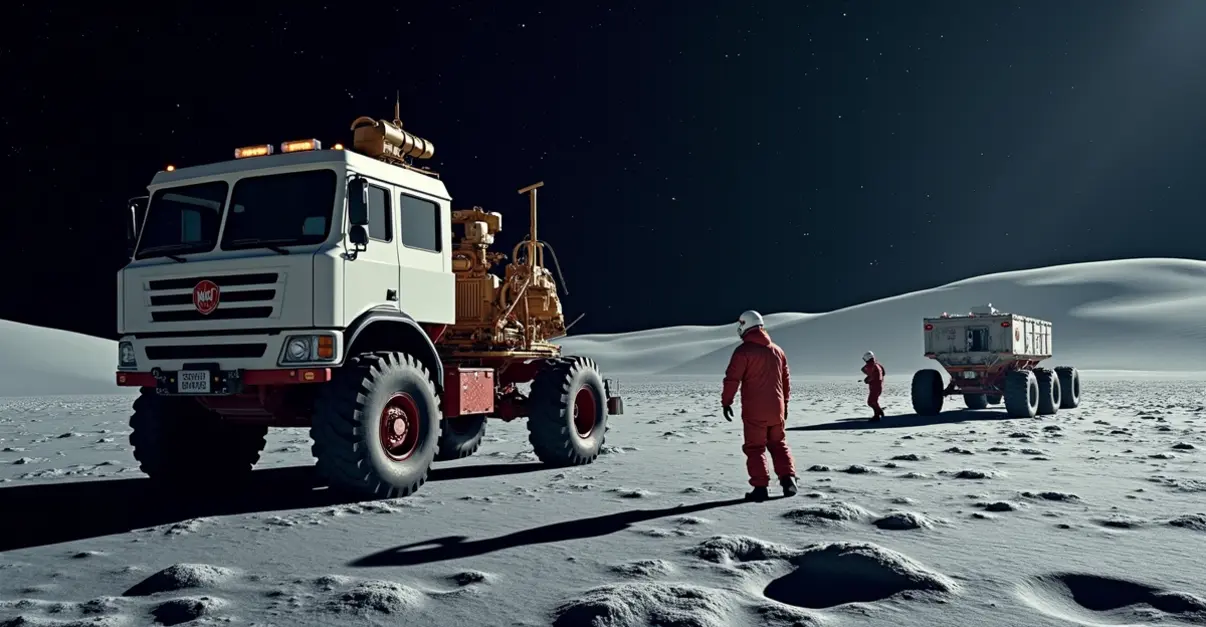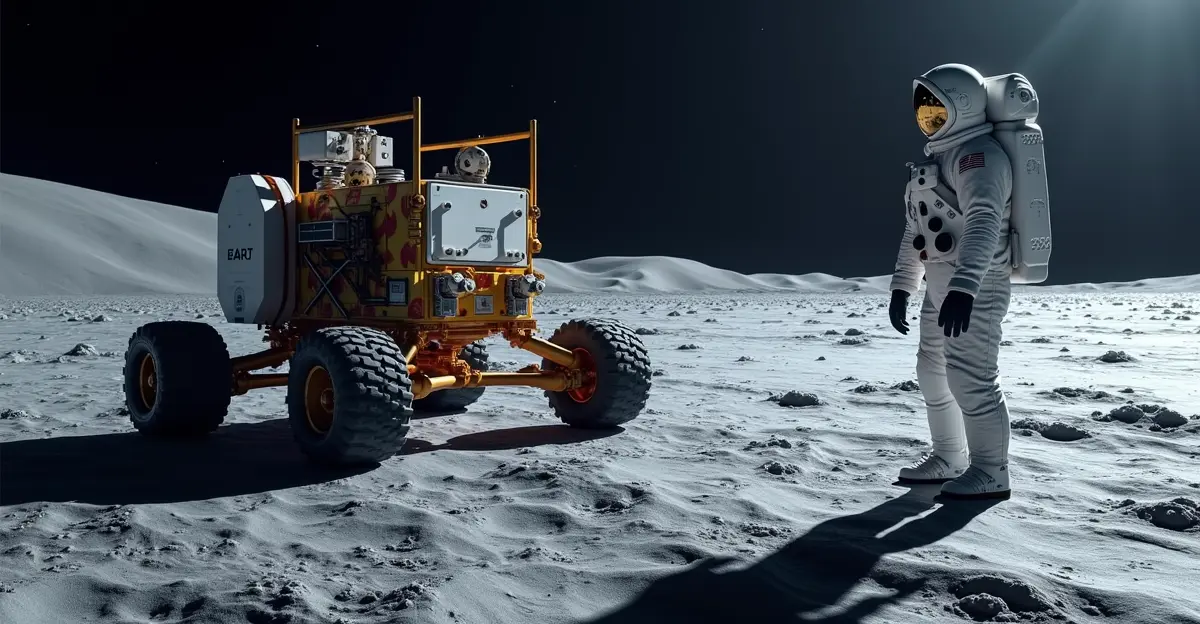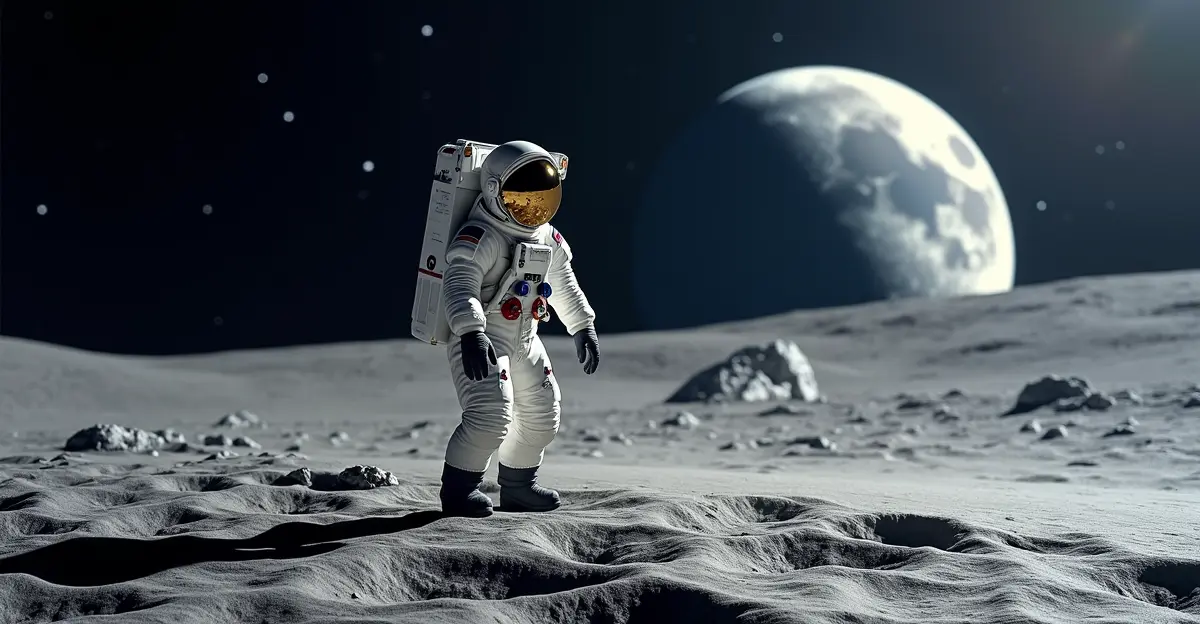NASA announces Artemis II crewed Moon orbit mission for April 2026, marking humanity's return to lunar space after 50+ years with four astronauts on 10-day journey.

Artemis II Mission to Mark Historic Return to Lunar Space
NASA has officially announced that the Artemis II mission, the first crewed flight of the Artemis program, is scheduled for April 2026. This landmark mission will send four astronauts on a ten-day journey around the Moon, marking humanity's return to lunar space after more than five decades.
Technical Challenges and Delays
The mission was originally planned for 2024 but faced significant delays due to technical issues, particularly concerns about the Orion capsule's heat shield durability. 'We are committed to fulfilling this promise,' stated a NASA official during today's press conference. The spacecraft will be launched aboard NASA's massive Space Launch System (SLS) rocket, standing 98 meters tall.
Artemis Program Overview
The Artemis program represents NASA's ambitious plan to establish a sustainable human presence on the Moon. Artemis II serves as a critical test flight for the subsequent Artemis III mission, which aims to land astronauts on the lunar surface. The last human Moon landing occurred during Apollo 17 in 1972.
International Space Race Intensifies
The Artemis missions occur against the backdrop of growing international competition, particularly with China's space program. China aims to land taikonauts on the Moon before 2030 and establish a research station. 'This mission represents a crucial step in our long-term exploration goals,' emphasized NASA leadership.
The Orion spacecraft, developed by Lockheed Martin with the European Service Module from Airbus, represents the most advanced crew vehicle ever built for deep space missions. With capabilities for 21-day autonomous flight, Orion will carry astronauts farther from Earth than any spacecraft since the Apollo era.

 Nederlands
Nederlands
 English
English
 Français
Français
 Deutsch
Deutsch
 Español
Español
 Português
Português









